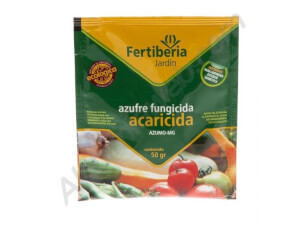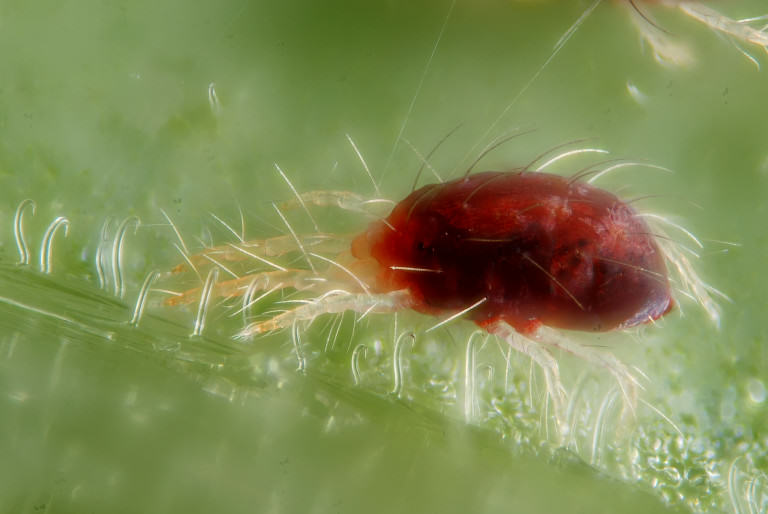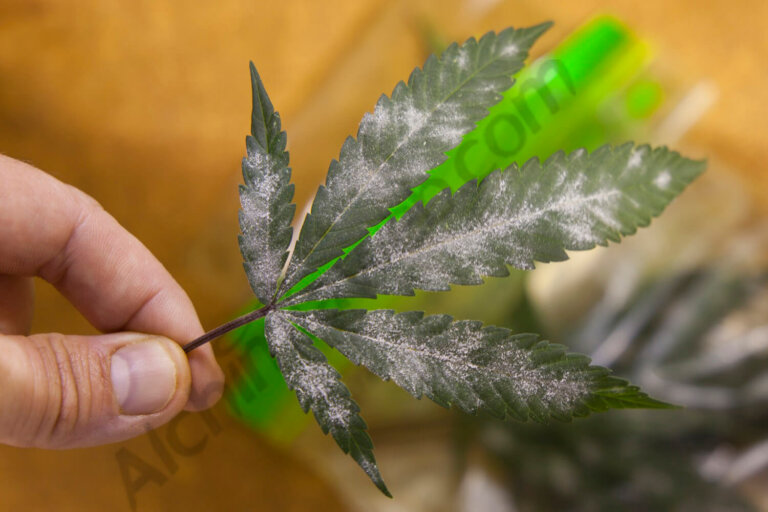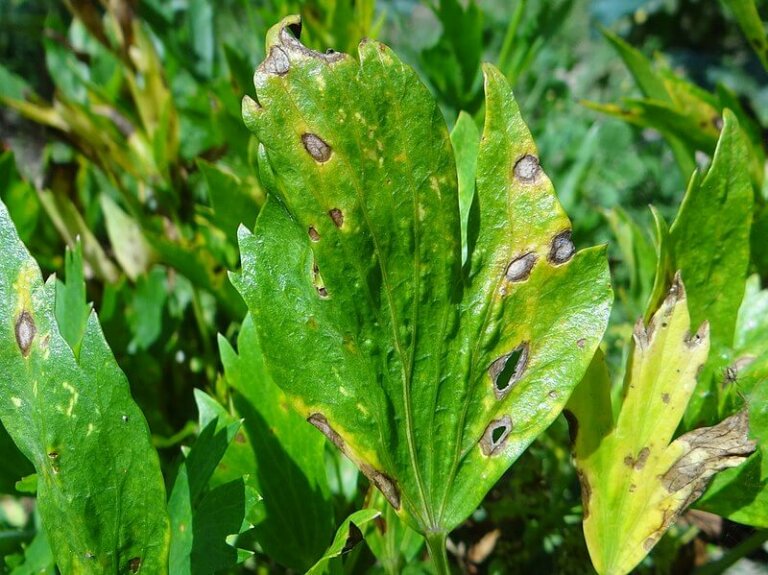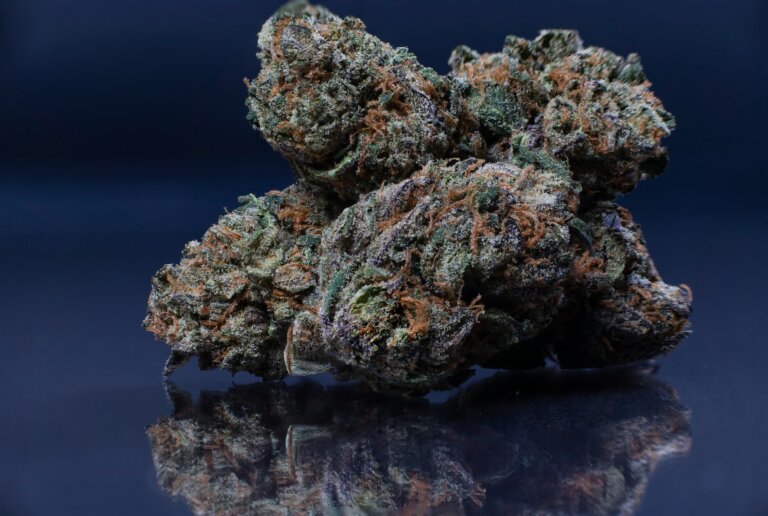What is Botrytis or Gray Mold?
List of contents
What is Botrytis?
Botrytis or Gray Mold is a pathogenic fungus (necrotrophic) that affects more than 220 plant species, including marijuana. Actually, it is probably the most common fungus in cannabis crops, either indoors, outdoors, or in greenhouses, and it usually affects plants during their latest stage of flowering, without forgetting the drying process.
The most important factor regarding the appearance of Botrytis is the humidity level, which is essential for its growth. The higher the environmental humidity level, the more chances for our plants to be attacked by fungal diseases and pests.
The ideal temperature for botrytis growth is between 17ºC and 25ºC, though it can grow with higher temperatures. A great difference between day and night temperatures can also stimulate the appearance of Gray Mold, for humidity levels raise when temperatures drastically drop at the end of the day.
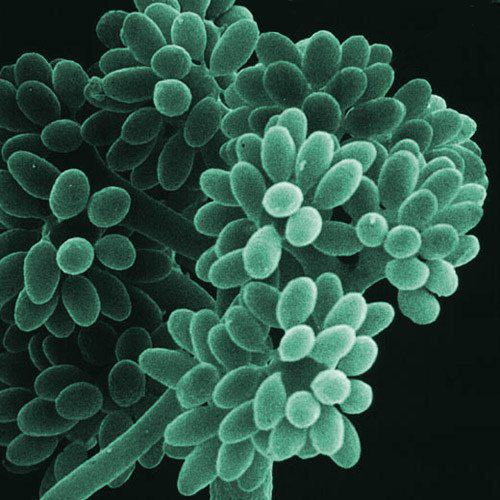
Botrytis Cinerea is a fungus that colonizes healthy plant tissues (parasitism), infected tissues (opportunism), and also dead ones (saprotrophic nutrition).
Outdoors, Botrytis attacks can be devastating, especially in crops that may take a little longer to flower, as well as in those plants that develop hard and dense buds. During autumn most nights are humid and cold, which greatly favors the appearance of fungal attacks.
Botrytis spores, dispersed by the wind, can remain latent for years in the environment until climate conditions are favorable for their growth.
What are the symptoms of Gray Mold?
Marijuana bud attacked by Botrytis
Any part of the plant can be attacked by Botrytis: roots, stems, leaves, etc. The first visible symptom is a change in the color and texture of the plant. Leaves develop necrosis and dry out very fast. Stems become fragile, brown, and ulcerated.
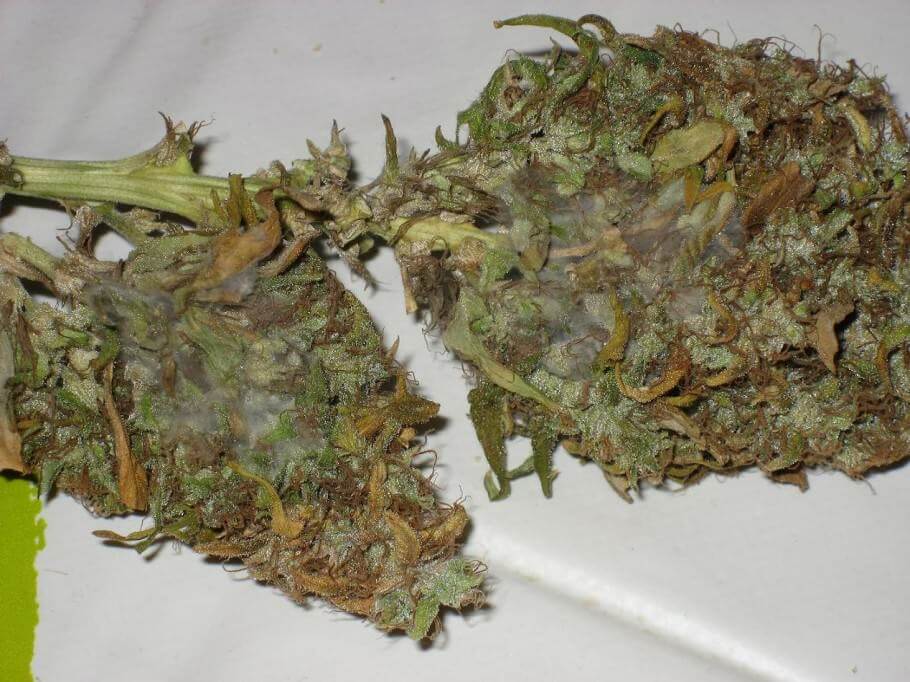
But the most common place to find this fungus is in the buds. They become pale grey, dry out, and develop a cotton-like substance in the interior part.
How to combat Botrytis attacks?
First, we must cut off any affected part of the plant so that healthy parts don't get infected. Then, we should ventilate the cannabis growing space so the humidity level decreases to the desired value. Carefully checking the plants ensures that we'll notice any other attack until harvest time.
Infected parts should never be consumed since they can easily cause a lung infection.
After harvesting our plants, we thoroughly clean the growing space, pots, etc. with bleach to eliminate any traces of Botrytis.
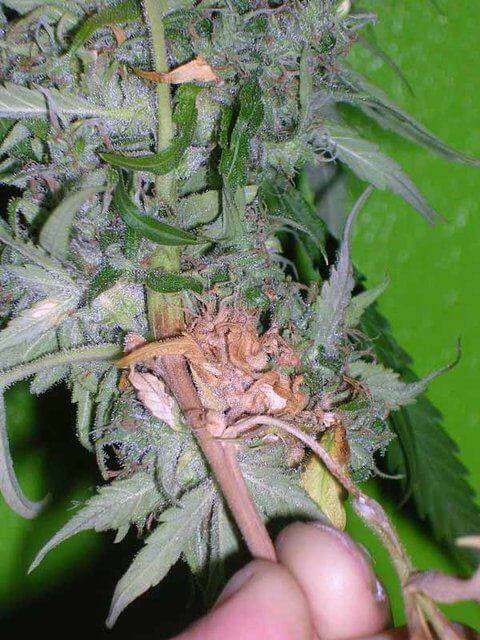
There are several fungicides to treat Botrytis on the market; one of the best ones is, doubtless, the Botryprot fungicide, 100% natural and highly efficient.
We can also use - sprayed on the plants - beneficial bacteria to combat Gray Mold, such as Trichoderma Harzianum, Ulocladium Atrum, or Gliocladium Roseum.
How to reduce fungal attacks?
Most fungi, and of course Gray Mold, grow better with high humidity levels, so keeping the humidity below 50% during the whole flowering period highly reduces the chances for our plants of being attacked by Botrytis.
To do so, we can either improve our ventilation system (air extractor, interior fans, etc.) and/or use a dehumidifier.
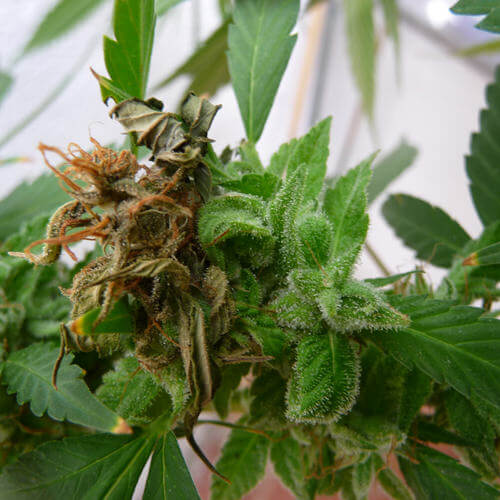
Enough space should be left between the plants so that air can circulate easily and humidity does not remain stagnant in the grow tent. Pruning low branches and shoots will greatly facilitate air circulation between the plants.
Lack of hygiene will cause plants to become infected by fungi. It is very important to frequently clean the crop , and not leave organic or decomposing plant matter. Furthermore, it is essential not to touch the buds!
If the plant has wounds, the fungus will attack it more easily. Keeping plants in perfect health will help reduce the risk of contracting botrytis. Wilted leaves can be removed to prevent the possible appearance of the fungus on the plant. It is very important not to leave dead matter such as pieces of branches or parts of leaves, because Bortytis will take advantage of this entrance door to attack the plant.
At the end of flowering we will take into account irrigation. Excessive watering would be very dangerous and could affect the buds, causing them to rot. We will wait until the soil is dry and the pot is very light before watering again. It is preferable to water in the morning; Doing so in the afternoon would increase the humidity too much during the night.
Excess Nitrogen at the end of the flowering period can also favor the appearance of Botrytis, although it is a rare case because we usually don't give nitrogen to our plants at this stage.
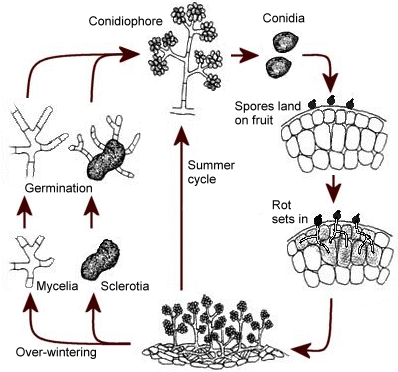
Since Botrytis usually attacks the biggest buds, pruning the tops of the plants can help, for a plant with multiple tops usually develops slightly smaller buds (where Botrytis doesn't grow so easily).
Pruning the lower part of the plants is also advisable since it is where we find the higher humidity level. Outdoors, avoid placing your plants in humid zones, it is always better to place them in the most sunny space.
Harvest the plants when they need water to reduce rot and fungal issues. Dry the plants in a well-ventilated space, but do not place the fans directly on the plants, or the drying process will be too fast, reducing the organoleptic properties of the flowers.
Which are the most resistant strains to Botrytis?
From a general point of view, mostly Indica strains develop harder and more compact buds, thus being more sensitive to fungal attacks than Sativa flowers, which develop less compact and dense, allowing better air circulation and retaining less moisture.
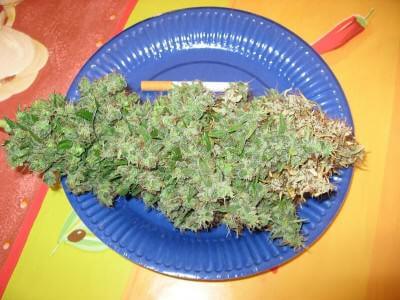
However, we can find a few exceptions among Indica plants, like the White Domina marijuana or Pakistan Chitral Kush.
Here you have a list of marijuana strains resistant to fungus , like Green Poison, High Level, or Tropicanna Auto XXL from Philosopher Seeds.
In a future article, we'll teach you a way of making a completely clean resin extraction using buds infected by Botrytis.
Botrytis and noble wine
It is also interesting to point out that Botrytis Cinerea is used by wine producers for their noble late-harvest wines. Sauternes, Barsac, or Montbazillac are only a few examples of wines produced thanks to the action of this fungus on the bunches of grapes. It increases the levels of sugar, developing rich and complex aromas highly appreciated by connoisseurs. The low yields of this type of crop explain the high price of these wines.
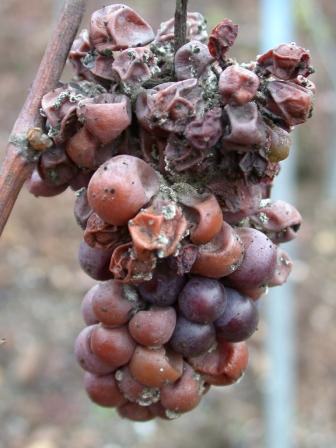
Happy harvest!


















































